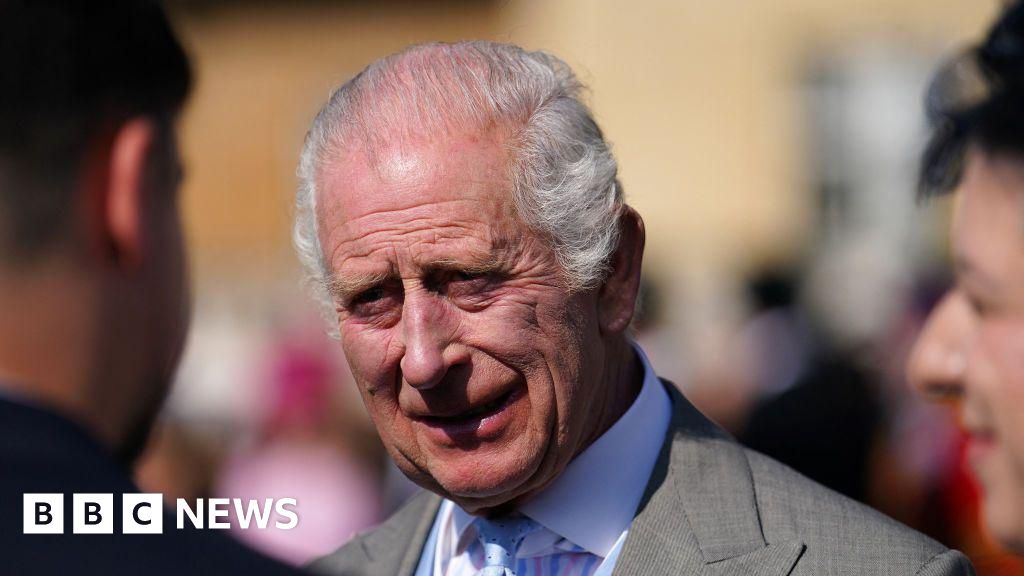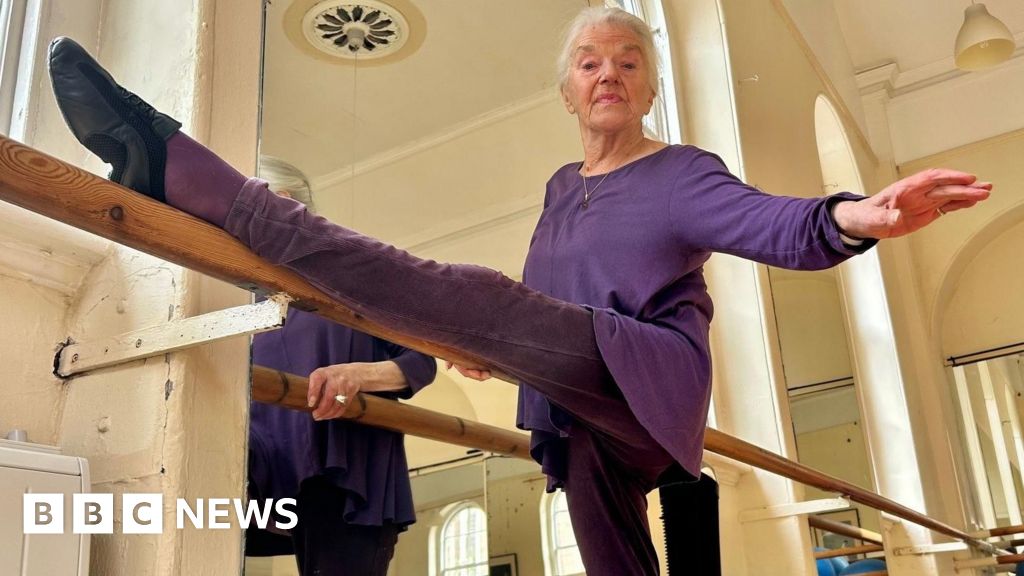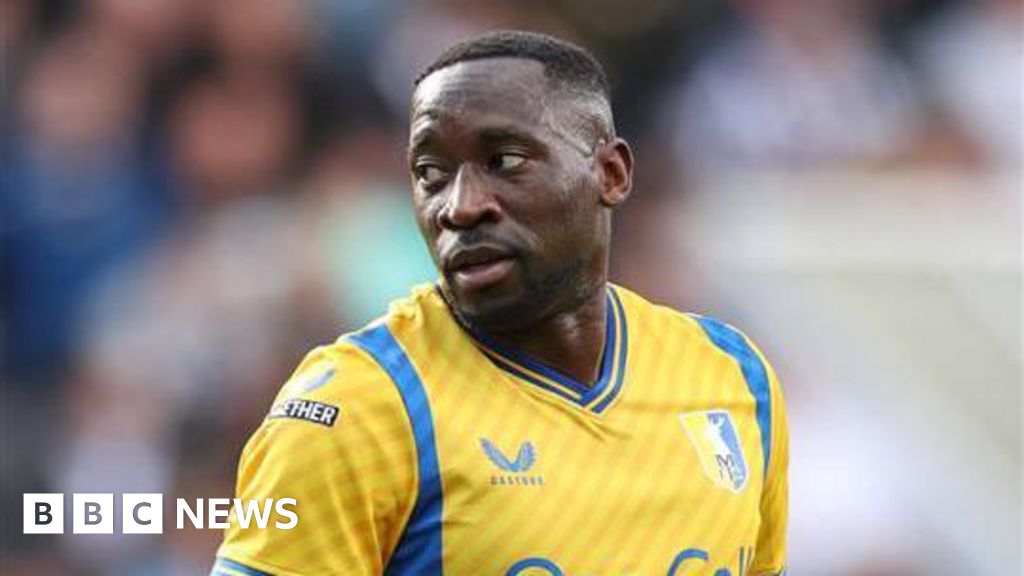To become a Formula One driver, what exactly is required? This question has been explored by sports scientists from Swansea University who are assisting Lando Norris, the expected favorite for the 2025 F1 season, in reaching the pinnacle of his career. Norris has documented his training on his YouTube channel, showcasing the rigorous testing conducted by the team to optimize his performance. This testing included evaluating his “neck strength and neck profiling” to withstand G-force, as well as assessing his reaction times and grip strength.
Christian Vassalo, a lecturer and researcher involved in the project, emphasized the shift in perception regarding drivers’ athleticism. Vassalo stated, “There has been a stereotype that drivers aren’t athletes but recently, and thanks to projects like this, that perception is changing.” The training and testing methods implemented by the Swansea University team highlight the physical demands placed on elite motor sport drivers, challenging the notion that they are not athletes in their own right.
The focus on enhancing Norris’s physical capabilities underscores the level of preparation required to compete at the highest level in Formula One. By addressing key areas such as neck strength, reaction times, and grip strength, Norris is equipped to navigate the intense demands of the sport. The collaboration between Norris and Swansea University showcases the dedication and scientific approach necessary for success in the highly competitive world of Formula One racing.
In a world where precision and physical endurance are paramount, the partnership between Lando Norris and Swansea University exemplifies the fusion of cutting-edge research and elite athleticism. By debunking the myth that drivers are not athletes, this collaboration is reshaping perceptions and highlighting the rigorous training regimen required to excel in Formula One. As the 2025 F1 season approaches, Norris’s dedication to his physical conditioning underlines the importance of scientific innovation in enhancing performance on the track
Read the full article from The BBC here: Read More













